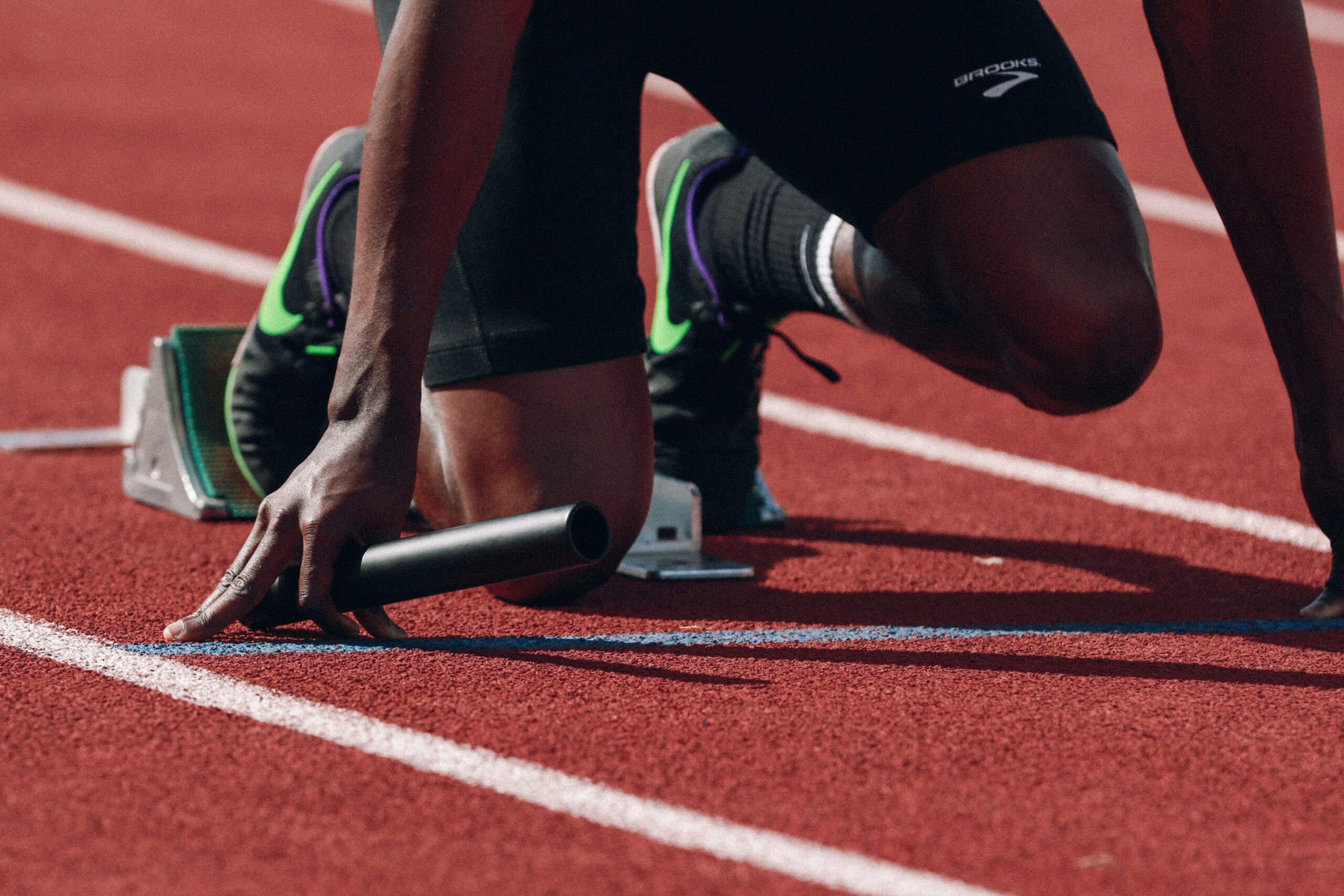When it comes to athletic training, the focus is often on physical strength, endurance, and performance. However, more and more athletes are realizing the benefits of incorporating mindfulness practices such as yoga and meditation into their training routines. These practices not only enhance physical performance but also promote mental clarity, emotional balance, and overall well-being.
The Benefits of Yoga in Athletic Training
Yoga is a mind-body practice that combines physical postures, breathing exercises, and meditation. It offers a wide range of benefits for athletes, including:
- Improved flexibility: Yoga helps to increase flexibility and range of motion, which can prevent injuries and improve athletic performance.
- Enhanced strength and balance: The various yoga poses require strength and balance, which can improve overall athletic performance and reduce the risk of falls or accidents.
- Increased body awareness: Yoga encourages athletes to connect with their bodies, helping them to better understand their strengths, weaknesses, and areas that need improvement.
- Stress reduction: The breathing exercises and meditation in yoga can help athletes manage stress, anxiety, and performance-related pressure.
- Improved focus and concentration: Yoga cultivates mindfulness, which can enhance an athlete’s ability to stay focused and present during training and competition.
The Role of Meditation in Athletic Training
Meditation is another practice that can greatly benefit athletes. It involves training the mind to focus and redirect thoughts, ultimately leading to a state of mental clarity and emotional balance. Here are some ways meditation can enhance athletic training:
- Stress reduction: Meditation helps athletes manage stress and anxiety, allowing them to perform at their best without being overwhelmed by external pressures.
- Improved mental resilience: Through meditation, athletes can develop mental resilience, enabling them to bounce back from setbacks and maintain a positive mindset.
- Enhanced recovery: Meditation promotes relaxation and restful sleep, which are crucial for the body’s recovery and healing processes.
- Increased self-awareness: Meditation allows athletes to become more in tune with their thoughts, emotions, and physical sensations, helping them make better decisions and avoid burnout or overtraining.
- Improved focus and concentration: Regular meditation practice can sharpen an athlete’s focus and concentration, leading to better performance and decision-making on the field or court.
Integrating Yoga and Meditation into Athletic Training
Now that we understand the benefits of yoga and meditation, how can athletes integrate these practices into their training routines? Here are a few suggestions:
- Designate specific time: Set aside dedicated time for yoga and meditation practice, just like any other aspect of training. Consistency is key to reaping the benefits.
- Start small: Begin with shorter sessions and gradually increase the duration as you become more comfortable. Remember, it’s not about perfection but rather the intention to practice regularly.
- Seek guidance: If you’re new to yoga or meditation, consider taking classes or working with a qualified instructor who can guide you through the practice and ensure proper alignment and technique.
- Adapt to individual needs: Customize your yoga and meditation practice to address your specific athletic goals and areas of improvement. For example, if you’re a runner, focus on poses that target hip flexibility and balance.
- Combine with other training methods: Yoga and meditation can complement other forms of training, such as strength training or cardio workouts. Experiment with different combinations to find what works best for you.
By integrating yoga and meditation into their athletic training, athletes can experience not only physical benefits but also mental and emotional well-being. These practices offer a holistic approach to training, promoting balance, resilience, and a deeper connection with oneself. So, why not give it a try and discover the transformative power of mindful movement?
